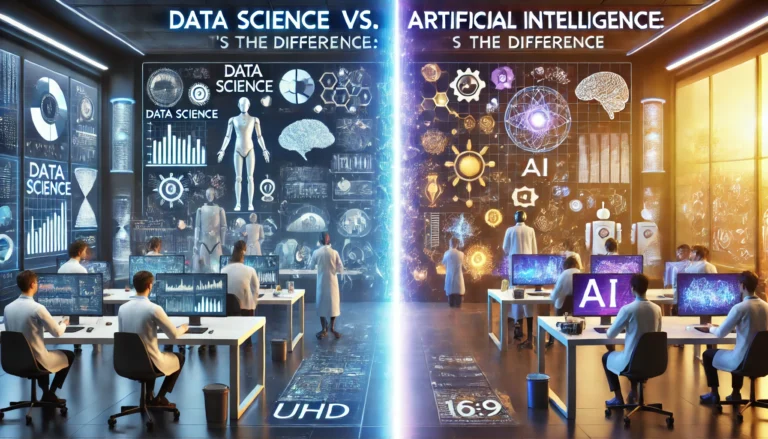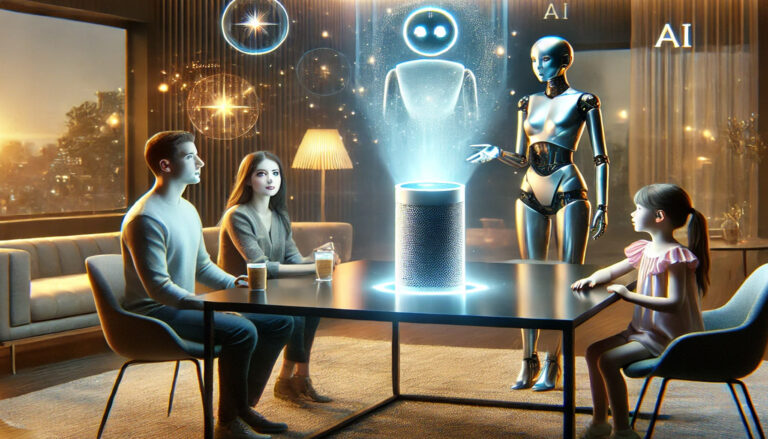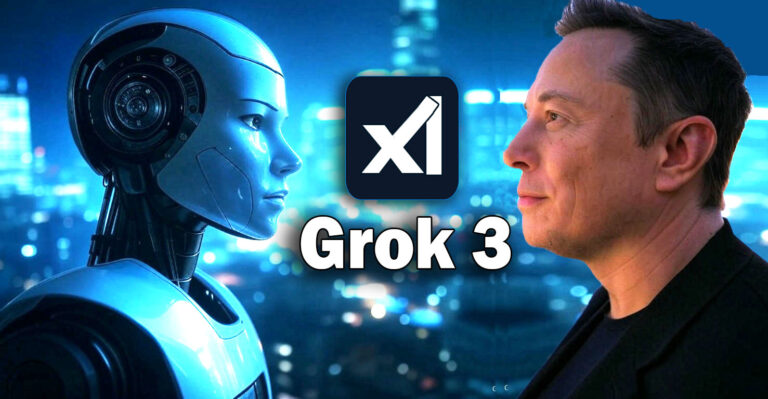
Artificial Intelligence (AI) and virtual assistants have drastically transformed how humans interact with technology. From simple commands to sophisticated conversations, these digital assistants are becoming an integral part of our daily lives. This article explores how AI-driven virtual assistants are revolutionizing device interaction, impacting industries, and shaping the future.
The Evolution of Virtual Assistants
The journey of virtual assistants began with basic command recognition in the 1990s, progressing to today’s AI-driven systems capable of understanding natural language and context. Milestones include:
- Rule-Based Systems: Early assistants like Clippy from Microsoft relied on pre-programmed rules.
- Voice Recognition: Apple’s Siri, launched in 2011, marked a significant leap by incorporating voice commands.
- AI Integration: Assistants like Amazon Alexa and Google Assistant now utilize machine learning to provide personalized experiences.
How Virtual Assistants Work
AI virtual assistants combine various technologies, including:
- Natural Language Processing (NLP): To understand and interpret human language.
- Machine Learning (ML): To improve responses over time based on user interactions.
- Speech Recognition: To convert spoken words into actionable data.
- Cloud Computing: To process large amounts of data quickly and efficiently.
Transforming Everyday Interactions
Virtual assistants simplify interactions with devices through:
- Smart Homes: Controlling lights, thermostats, and security systems with voice commands.
- Scheduling and Reminders: Managing calendars and setting reminders.
- Information Retrieval: Providing instant answers to queries.
- Entertainment: Playing music, streaming videos, and recommending content.
Applications Across Industries
The influence of AI and virtual assistants extends beyond personal use into various sectors:
- Healthcare: Scheduling appointments, providing medication reminders, and answering health-related queries.
- Retail: Enhancing customer experience through personalized recommendations and virtual shopping assistants.
- Education: Offering tutoring, answering academic questions, and language learning support.
- Finance: Assisting with budgeting, bill payments, and financial advice.
Benefits of AI-Driven Virtual Assistants
- Convenience: Seamless interaction with devices saves time and effort.
- Accessibility: Empowering individuals with disabilities to use technology effectively.
- Personalization: Tailoring responses and suggestions to individual preferences.
- Productivity: Automating routine tasks and improving efficiency.
Challenges and Ethical Considerations
Despite their advantages, virtual assistants pose challenges:
- Privacy Concerns: Handling and protecting sensitive user data.
- Bias: Ensuring AI systems do not perpetuate societal biases.
- Overdependence: Risk of reduced human effort and critical thinking.
- Security: Protecting devices from cyber threats and unauthorized access.
The Future of AI and Virtual Assistants
As technology advances, virtual assistants will become more intuitive and versatile. Emerging trends include:
- Multilingual Capabilities: Seamless communication in multiple languages.
- Emotion Recognition: Understanding and responding to human emotions.
- Interoperability: Enhanced compatibility across devices and platforms.
- AI-Powered Creativity: Assisting with creative tasks like writing, music composition, and graphic design.
Conclusion
AI and virtual assistants are reshaping how we interact with devices, making technology more accessible and intuitive. As these systems evolve, they will continue to bridge the gap between humans and machines, transforming industries and enriching lives.
This ongoing revolution highlights the limitless potential of AI, offering a glimpse into a future where technology seamlessly integrates with our daily lives.




